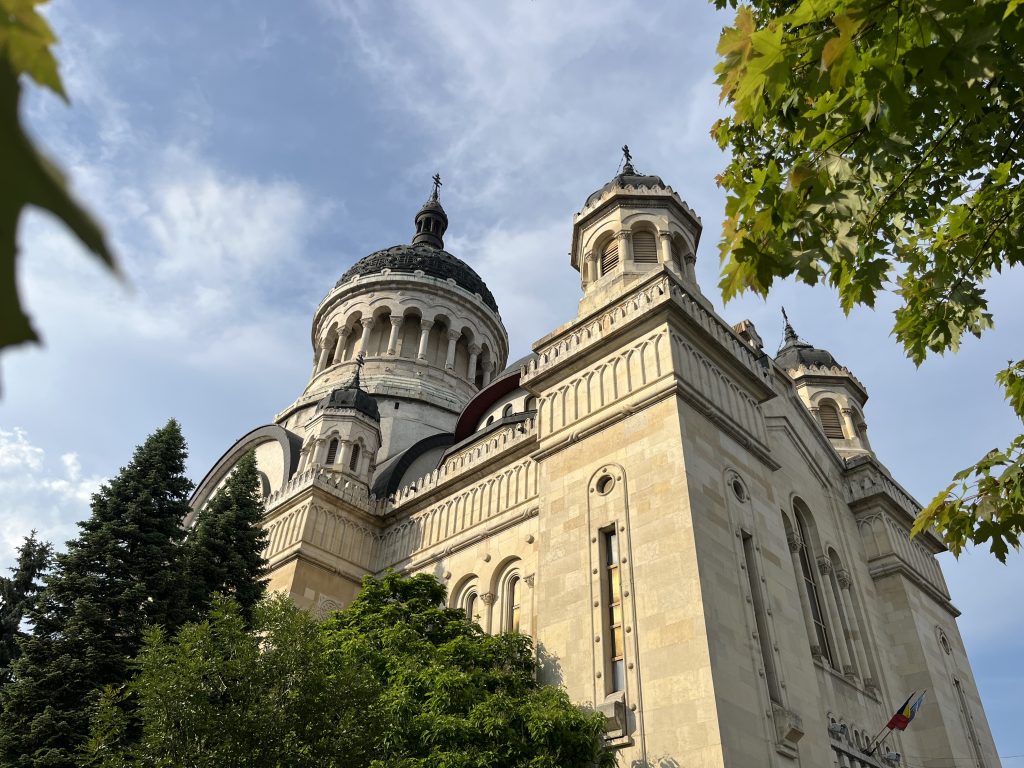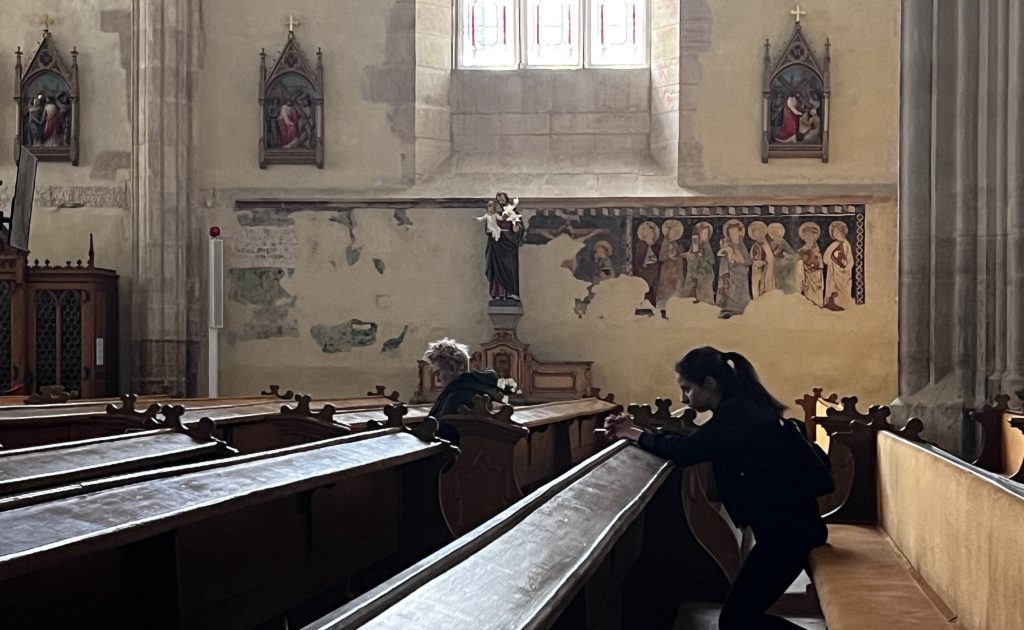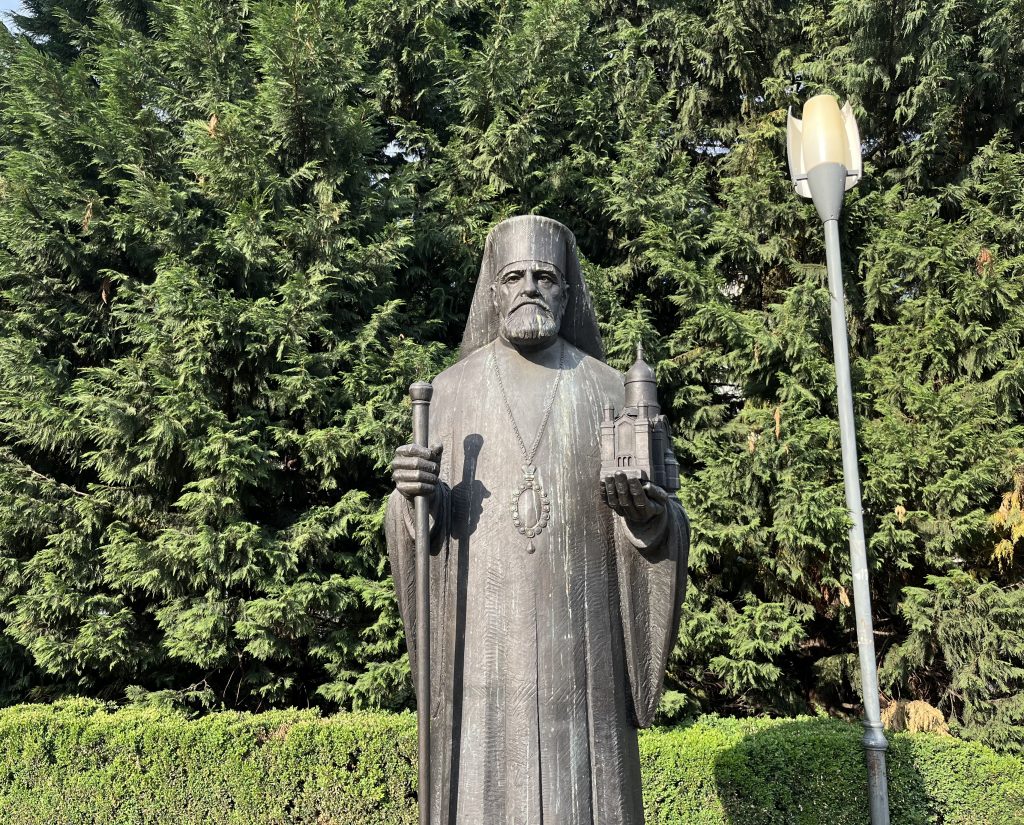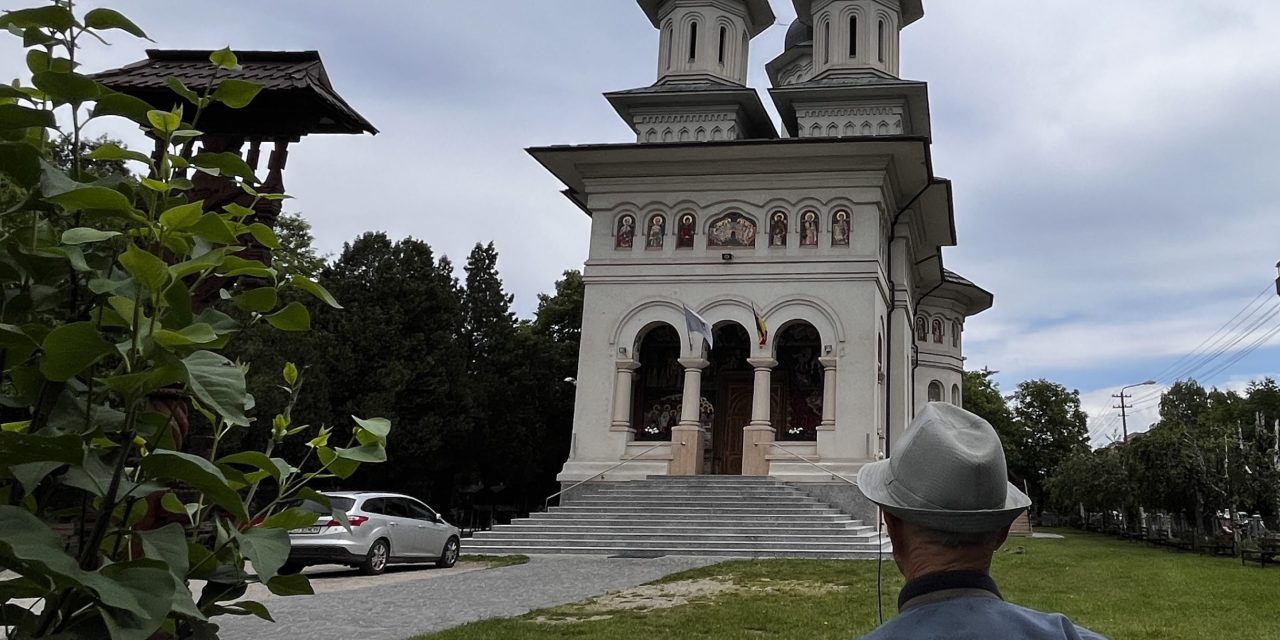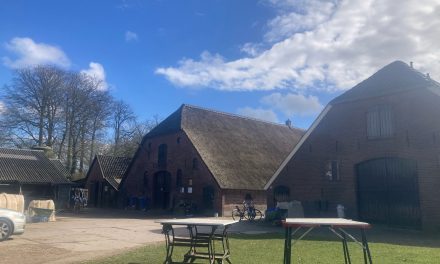Romania has long been known as one of the most religious countries in Europe. With towering Orthodox cathedrals in every city and village, and a population that largely identifies with the Romanian Orthodox Church, it might seem like faith is still the beating heart of the country.
But take a closer look, especially at the younger generation, and you’ll notice something different.
A recent report from the Friedrich Ebert Stiftung (2024) shows that fewer Romanian teenagers are going to church. More of them are questioning religion altogether. While the country remains overwhelmingly Orthodox on paper, actual belief and practice among young people are on the decline.
A regional context
To understand where Romania stands, it helps to look at the bigger picture. According to the Pew Research Center, most Central and Eastern European countries are still heavily Orthodox, but not all are equally religious in practice.
As this chart shows, Romania is among the countries with the highest proportion of Orthodox Christians. Comparable to Greece, Moldova, and Serbia. But as in much of the region, there’s often a gap between religious identity and religious practice.
Orthodoxy: still the majority, but losing ground
About 85-87% of Romanians still identify as Orthodox Christians, making the Romanian Orthodox Church (ROC) the most dominant religious institution in the country. That hasn’t changed much over the years. But what has changed is how people engage with religion.
According to the Friedrich Ebert Stiftung’s Youth Study, only 62% of Romanian adolescents now say they are Orthodox, while 14% claim no religion at all, and another 5.6% chose not to answer. That’s a significant drop from the 2018 results, which showed over 75% identifying as Orthodox.
The disconnection between cultural identity and actual faith is becoming more noticeable. Many young Romanians still mark “Orthodox” on forms out of tradition or family expectations, but don’t feel spiritually connected to the Church itself.
Why are young Romanians turning away?
Several factors are driving this quiet religious shift. And they’re not unique to Romania:
- Better access to education has increased scientific thinking and critical analysis of traditional beliefs. It’s not uncommon for students to ask tough questions about the Bible or the role of the Church.
- Personal morality over doctrine is on the rise. Young people are more likely to say, “I can be a good person without going to church.”
- Digital culture plays a big role. Exposure to more secular, Western values through YouTube, TikTok, and global news opens up new worldviews that doesn’t revolve around religion.
- Disconnection from church authority. The Romanian Orthodox Church has often aligned itself with conservative political views, which can feel out of touch with today’s youth. Issues like LGBTQ+ rights, gender equality, and climate action are important to many teenagers, but are rarely addressed in church sermons.
A European comparison: other Orthodox countries
Romania is not unique in experiencing this shift. In other Eastern Orthodox countries like Bulgaria, Serbia, and Greece, similar patterns of religious decline among the youth are observable. For instance, Greece has seen a steady decrease in religious observance, despite the strong influence of the Greek Orthodox Church. Bulgaria, once deeply religious, now reports some of the lowest levels of church attendance in the region.
What sets Romania apart, however, is that it remains one of the most religious countries in the EU by self-identification. This paradox, high nominal religiosity alongside decreasing active participation, creates a complex religious landscape. It challenges the Romanian Orthodox Church to adapt its role and relevance in the lives of young people.
What could the Church do?
To stay relevant, the Romanian Orthodox Church may need to change how it connects with younger generations.
Some churches across Europe are already experimenting with changes, with varying levels of success. But in Romania, the ROC has traditionally been slow to modernize. Whether it can shift its tone and methods before more young people leave entirely is an open question.
What lies ahead?
The Romanian Orthodox Church faces a critical juncture. As younger generations increasingly distance themselves from traditional religious life, the Church must find new ways to engage with a modern, skeptical, and digitally connected youth. This may involve rethinking how it communicates its teachings, promoting social and charitable work. Also addressing pressing issues like gender equality, environmental responsibility, and mental health need be relooked at.
At the same time, secularization does not necessarily mean the end of spirituality. Many young Romanians continue to explore spiritual questions outside institutional frameworks. Embracing forms of personal belief, meditation, or moral reflection that don’t rely on organized religion. What we’re seeing isn’t the collapse of belief. It’s a shift in how belief is expressed.
